Podcast
TBP 233: Gill Byrd, Former NFL Star
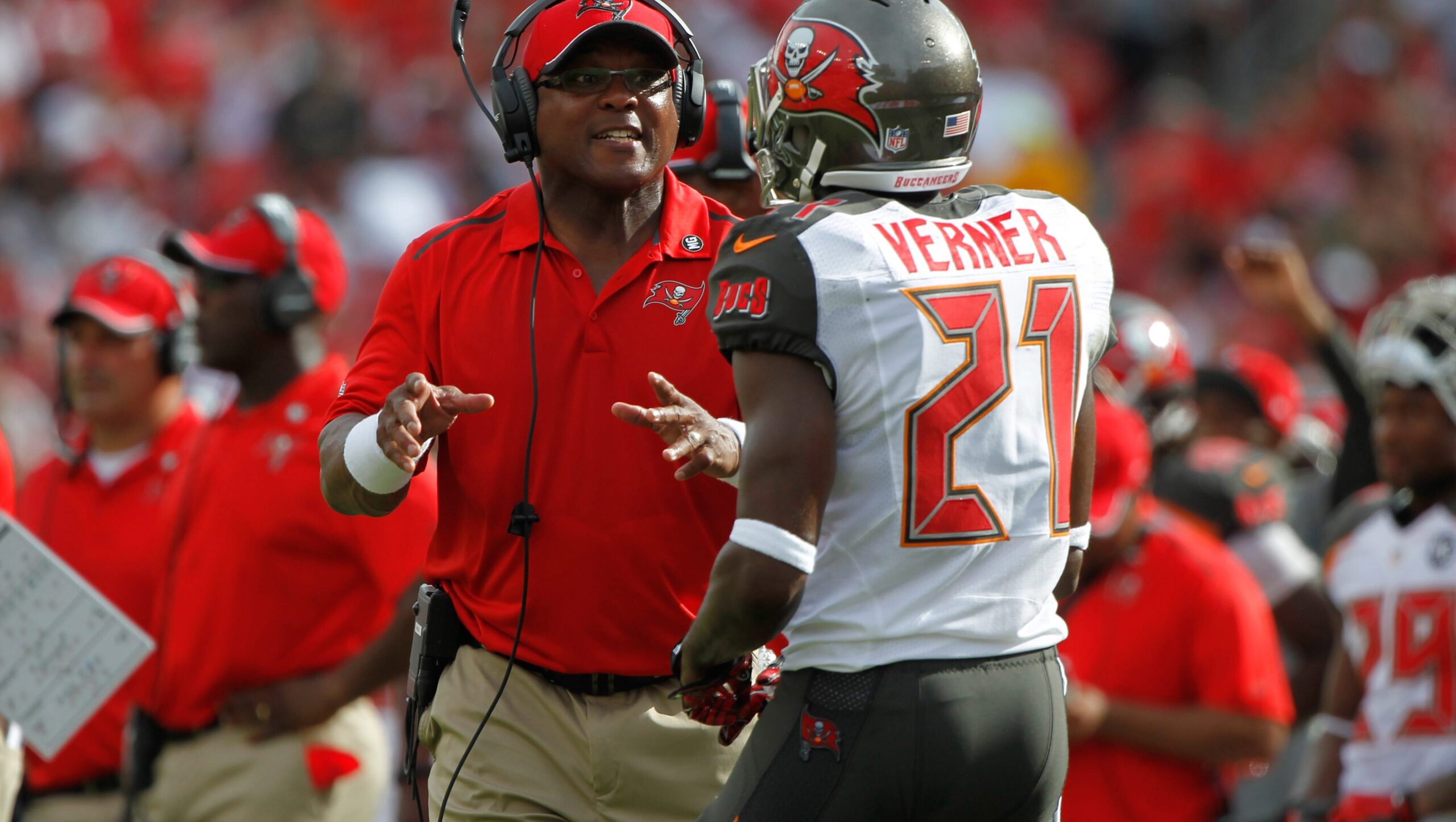
On this episode of the future award-winning Talking Buffalo Podcast, Patrick Moran has a chat with former San Diego Chargers star and team Hall of Famer, Gill Byrd on a wide variety of topics spanning his life and career.
Gill talks about growing up as a child in the San Francisco area, originally into judo as a kid in lieu of football. In fact, he didn’t even start playing football until at least 12 years and only did so to feel more involved in family conversations about the sport. He became a star running back and defensive back and Lowell High School but didn’t receive any scholarships because of his smallish size. He walked onto to San Jose State and five years later would transform himself into a first-round pick.
In fact, Byrd was selected 22nd overall in the 1983 NFL draft by the Chargers, largely considered the greatest collection of first-round talent in the history of the league. Byrd was on a list of first-rounders that included Hall of Famers John Elway, Eric Dickerson, Jim Kelly, Bruce Matthews, Darrell Green and Dan Marino.
Byrd talks, quite candidly about how he was verging on being a “bust” early on his NFL career, struggling while moving around the defensive backfield and how it took an injury to a teammate to really jumpstart what was becoming a mediocre career. From there he became a multi-time All-Pro and during his 10-year career finished with 42 interceptions, still to this day the most in franchise history. Byrd talks about that, picking Elway off nine times, what it was like to play with Junior Seau, and what it’s meant to him to be inducted into the Chargers Hall of Fame in 1998.
Of course, many Bills fans hear the last name Byrd and immediately think of Jairus. Gill’s son was a second-round pick by the Bills in 2009 and had one of the better rookie campaigns in franchise if not league history, picking off nine passes his first year. Gill recalls his emotion as a dad seeing Jairus follow his dreams to the NFL and the success he had in Buffalo.
Gill would later spend a year in the Bills organization himself as the secondary coach in 2017. He discusses that year, the season the Bills would end their 17-year playoff drought and what it felt like to be fired after one year despite coaching one of the better performing secondaries in the NFL— a unit that included a rookie in Tre White and two safeties new to the organization, Micah Hyde and Jordan Poyer. Byrd offers his thoughts on respecting Sean McDermott’s decision and his relationship with Leslie Frazier.
Well beyond football, Byrd spends time talking about the importance of church, the significant difference between racism and prejudice, teamwork, inclusion and much more.
As always they end with the Fun Fact Finale and we find out many random things about Byrd, including his go-to snack, his worst habit, what he thinks he would’ve done with his life had football not worked, his favorite TV game show and much more.
Podcast
How Podcasting Can Amplify Sports Analysis and Commentary
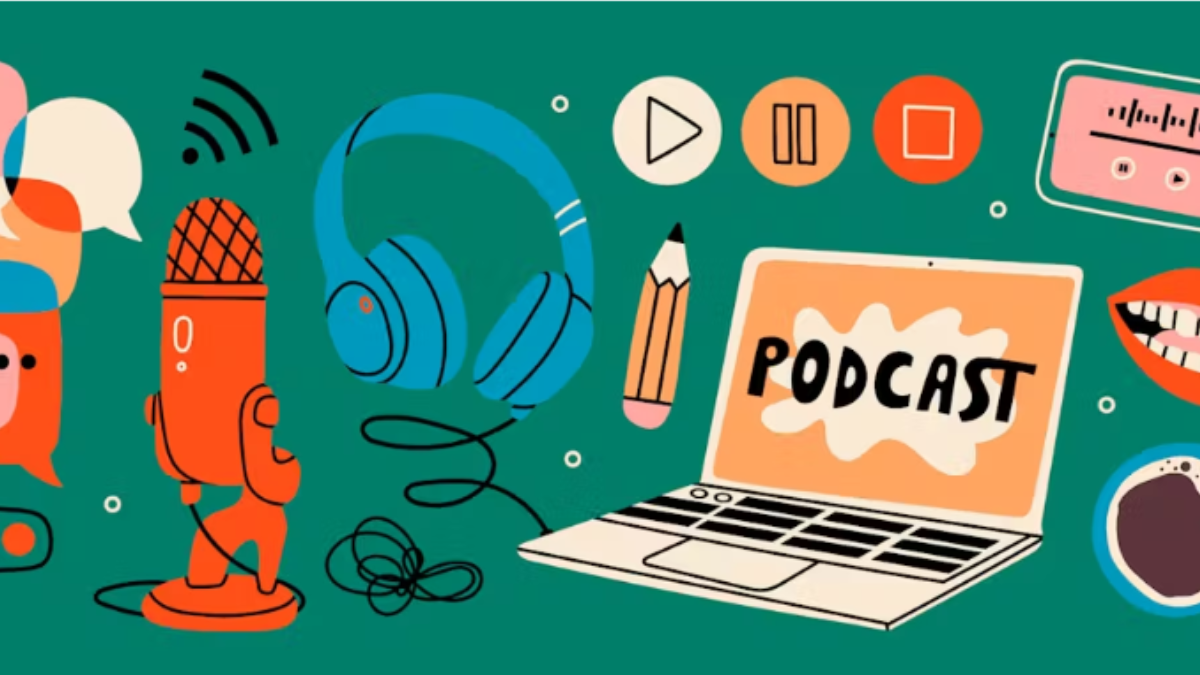
In recent years, podcasting has become one of the most influential and accessible forms of media, transforming how people consume information and entertainment. In particular, sports podcasts have risen in popularity, offering in-depth analysis, expert commentary, and fan-driven content. With the growing demand for sports coverage that is accessible at any time, podcasting has become an indispensable tool for sports analysts and commentators. This article will explore how podcasting can amplify sports analysis and commentary, and how creators can leverage various tools to enhance their content, particularly in the realm of sports.
The Growing Popularity of Sports Podcasts
Sports podcasts are an incredibly popular way for fans to stay connected with their favorite teams, athletes, and sports events. Unlike traditional broadcast media, podcasts offer a unique advantage: they can be listened to anytime, anywhere. Whether you’re commuting, working out, or relaxing at home, podcasts provide fans with continuous access to insightful sports commentary. This level of convenience has significantly contributed to the growing popularity of podcasts among sports enthusiasts.Moreover, podcasts allow for more in-depth discussions compared to traditional sports media formats. Podcasts give analysts and commentators the flexibility to dive deep into a particular game, player, or team strategy. They can spend time breaking down key moments, offering expert opinions, and even engaging with listeners through Q&A sessions. This level of detail and analysis makes podcasts an ideal platform for sports analysis.
How Podcasts Enhance Sports Commentary
Podcasting offers sports commentators and analysts the ability to connect with their audience in a more personal and engaging way. Here’s how podcasting amplifies sports commentary:
- Long-Form Analysis: Sports podcasts provide the opportunity to go beyond quick soundbites and deliver detailed, long-form content. This is especially useful for discussing complex games, strategies, and players in depth. For example, a podcast about a team like the Buffalo Bills can go beyond highlighting key plays and touchdowns to include a comprehensive analysis of team dynamics, coaching decisions, and individual performances.
- Accessibility: Unlike traditional broadcast media, which requires a specific schedule, podcasts offer on-demand access. Fans can listen to commentary about their favorite teams or athletes whenever they want. This also enables podcasts to cover niche sports topics that may not be given enough attention on mainstream platforms.
- Audience Engagement: Podcasts provide a more intimate way of connecting with an audience. Hosts can directly engage with listeners by responding to their feedback, discussing fan-submitted questions, and even having guests on the show. This creates a sense of community around the podcast, making fans feel like they are part of a larger conversation about the sports they love.
- Flexibility of Format: The beauty of podcasting lies in its flexibility. Sports podcasts can be highly structured or more informal, depending on the host’s style and audience preferences. Whether it’s a highly scripted show with expert analysis or a casual conversation between two sports enthusiasts, podcasts can cater to a wide range of formats and content styles.
How to Enhance Your Sports Podcast with Video Content
While podcasts are primarily audio-based, integrating video content can provide an even greater impact for sports commentators. This is where AI-driven tools come into play, helping podcast creators enhance their content and make it more engaging for their audience.
Using AI Movie Maker to Create Engaging Video Content
One of the most powerful ways to amplify your sports podcast is by integrating video content. This is particularly effective for social media and YouTube, where visual content is crucial to gaining traction. Invideo AI Movie Maker allows podcast creators to transform their audio content into engaging video segments by automatically creating scripts, selecting appropriate footage, and adding music and transitions. With just a few clicks, sports podcasters can create dynamic video content that accompanies their episodes, which can then be shared on social media platforms like Instagram, Twitter, and YouTube.For example, imagine you’ve just reviewed a Buffalo Bills game on your podcast. With AI Movie Maker, you can take snippets from your podcast episode, add visuals from the game, and create an engaging highlight reel that encapsulates the best moments of the game along with your analysis. This not only makes the content more visually appealing but also attracts viewers who might not typically listen to audio podcasts.
Simplifying Content Creation with Video Creator App
Another tool that can help enhance sports commentary podcasts is the Video Creator App. This app is specifically designed to simplify video creation by allowing users to input text prompts that the app then transforms into full video presentations. For podcasters, this is a game-changer. Instead of manually creating video segments for each podcast episode, you can easily input the key points of your commentary, and the app will generate video content that aligns with your analysis.For instance, if you’re discussing an NFL game’s top plays and key moments, the app can quickly assemble a video highlighting these moments with corresponding visuals, transitions, and text overlays. This makes it easier for podcasters to provide their audience with visually engaging content without the need for video editing skills. It also allows podcasters to focus on content creation while the app handles the heavy lifting of video production.
Incorporating Guest Interviews and Expert Opinions
Another way podcasting can amplify sports commentary is by inviting experts and guests on the show. Many popular sports podcasts feature interviews with former athletes, sports analysts, and even fans who can provide valuable insights into the game. These interviews add variety and depth to the content, offering listeners a well-rounded perspective.Incorporating guest speakers can also help drive traffic to your podcast. Fans of the guest’s work will tune in to hear their insights, and if the guest shares the podcast on their own social media channels, it can help expose your podcast to a broader audience. This is especially important when building credibility and increasing your show’s visibility in a competitive sports podcasting landscape.
Leveraging Social Media to Expand Your Podcast Audience
Podcasts can be incredibly successful when they have a strong social media presence. By sharing audio clips, video highlights, and behind-the-scenes content on platforms like Twitter, Instagram, and Facebook, podcast creators can drive engagement and increase their reach. When paired with video content generated using tools like AI Movie Maker and Video Creator App, sports podcasts can attract more listeners and keep them engaged over time.For example, creating and sharing video clips from your podcast episodes not only brings more attention to the show but also allows your audience to interact with the content in a new and exciting way. You can share key moments from interviews, highlight critical game analysis, or even engage with fans through live Q&A sessions on social media. This creates an ongoing dialogue with your audience and encourages them to return to your podcast for future episodes.
Conclusion
Podcasting has become a powerful tool for amplifying sports analysis and commentary. The ability to deliver in-depth, engaging content in an on-demand format has revolutionized the way sports fans interact with their favorite teams and analysts. By integrating video content into your podcasting efforts, whether through AI Movie Maker or the Video Creator App, you can enhance the impact of your commentary, broaden your audience, and ultimately, create a more engaging and dynamic experience for your listeners.With the right tools and strategies in place, your sports podcast can stand out in a crowded market, offering valuable insights, expert opinions, and captivating content that resonates with fans across the globe. Whether you’re creating highlight reels, breaking down game strategies, or featuring expert guests, podcasting combined with video content can truly amplify your sports analysis and commentary to new heights.
Podcast
EP 138: Evan Silva, Fantasy Football Writer/Analyst
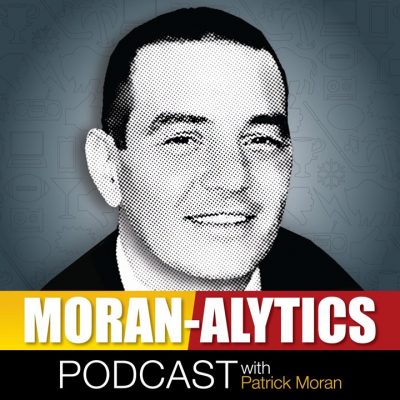
On this episode of the Moran-Alytics Podcast presented by Pulse Celluar, Patrick Moran has an extended chat with longtime fantasy football writer & analyst Evan Silva on a variety of topics.
Silva discusses his early life, ranging from northern Virginia to St. Louis before ultimately going to college at the University of Marquette in Wisconsin and living in Chicago today. He still remembers when he first caught the fantasy football bug and how it’s a developed passion that ultimately led to Rotoworld, where he’d work for more a dozen years.
Recently Silva co-founded a new subscription-based site called Establish the Run and he reveals why he felt it was time to leave Rotoworld and what motivated him to tackle this new venture.
Of course, the two also spend considerable time talking fantasy football, both from a Buffalo Bills and NFL perspective. Moran runs down all the skill position players on the Bills and Silva offers fantasy analysis for each, landing on three players he considers the most draft worthy. They then move to the NFL with Moran throwing out names in packs of three with Silva ranking while also throwing out some sleepers to target and potential fantasy flops to avoid early.
You can follow Evan on Twitter @EvanSilva and check out Establish The Run for more information on how to become a member.
After that Moran reads off some Bills fans bold predictions for training camp, including takes on Lesean McCoy as well the battle for wide receiver roster spots before Moran adds a prediction of his own in regards to Buffalo’s starting left tackle.
Podcast
Why Anquan Boldin May Net The Bills A Third-Round Pick
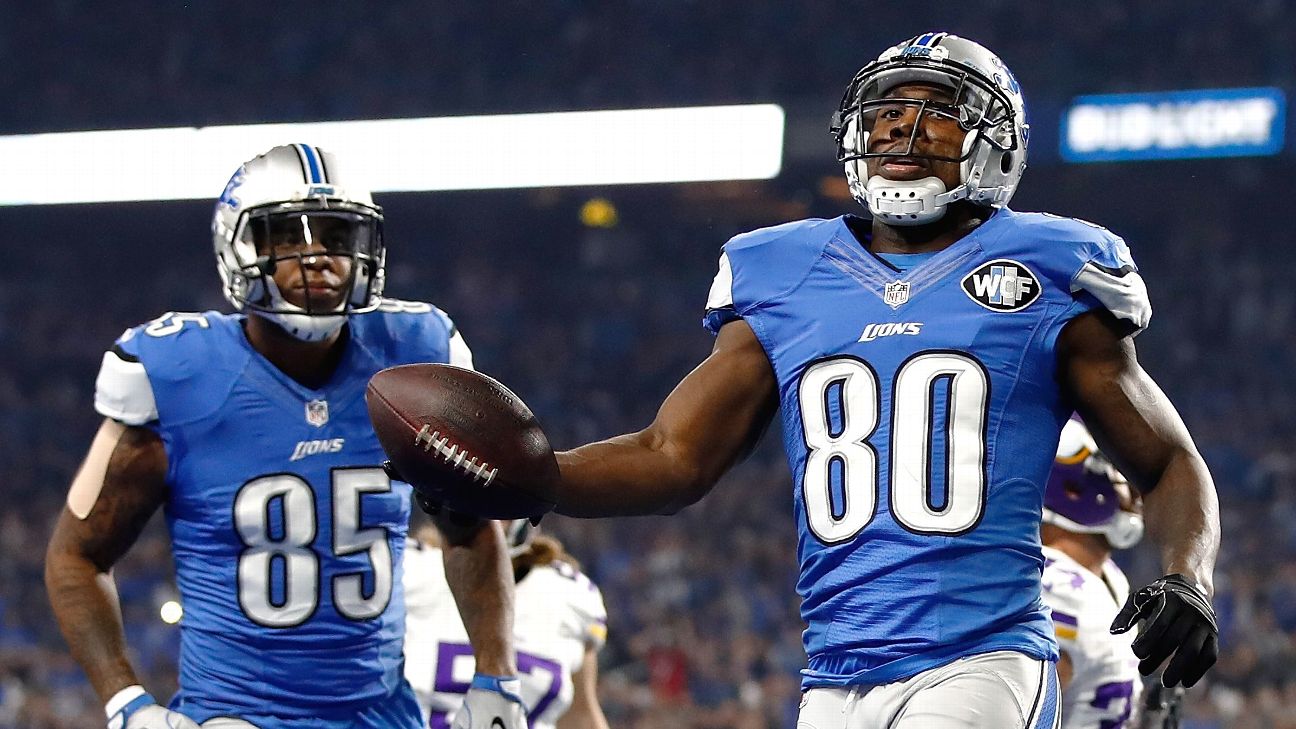
Anquan Boldin signing with the Buffalo Bills, even as a well past his prime veteran is still a good thing, as I wrote about yesterday.
There’s a factoid I didn’t touch on yesterday that I probably should’ve. The adding of Boldin could directly lead to Buffalo gaining an extra draft selection next year—quite possibly a third-rounder, thanks to the wonderful world of compensatory picks.
Despite losing high profile free agents Stephon Gilmore and Robert Woods this offseason the Bills won’t obtain a compensatory pick in the 2018 NFL draft as things stand. That’s because Buffalo signed seven free agents this offseason while losing just five.
According to many reports, the Bills need to lose three of those seven free agents before somewhere around the midpoint of the season to become comp pick eligible, and reports indicate losing Gilmore would ultimately fetch them a third.
Four of those seven aren’t going anywhere: Micah Hyde, Patrick DiMarco, Stephen Hauschka and Jordan Poyer. I include Poyer not because of his prowess at safety but due to the Bills depth there being downright laughable.
That leaves three guys in need of getting axed. Defensive end Ryan Davis is an easy decision. At best he’s in line to be the team’s fourth end. He’s easily replaceable plus his dead money cap hit would only be $100K. Offensive lineman Vlad Ducasse isn’t quite the clear cut move as Davis but still simple enough to lose. Ryan Groy will be the top interior backup and the loser of the Jordan Mills/Dion Dawkins battle will be the third tackle, assuming Cordy Glenn is good to go before the regular season starts. Buffalo could look at the waiver wire for other backup options if need be. Ducasse would only be a $250K dead cap hit if cut. It’s reasonable to assume he can be cut loose when he’d likely only be the team’s eighth lineman anyway.
The last piece to make this work would be dropping wide receiver Andre Holmes. This would’ve been harder to do before Buffalo signed Boldin. With Boldin here the real competition begins at the fourth receiver spot, and by all accounts Rod Streater is having himself a nice camp while Holmes is dropping too many passes. Brandon Tate and Philly Brown among others still have an opportunity to make a favorite impression as well.
The hard part of cutting Holmes would be eating $2.45 million in dead cap money. However, if $2.45 million is the checkout rate for an extra third-round draft pick, it’s a price worth paying. It’d give Buffalo a pair of first and third-rounders going into 2018.
If Holmes is only destined to be at best the fourth receiver, he could and perhaps should find himself on the receiving end of a pink slip in a few weeks. It’s an outcome far more likely with Boldin here.
-

 Technology3 months ago
Technology3 months agoSimpcitt: The Rise of a Unique Online Community
-

 Technology2 months ago
Technology2 months agoAnon Vault: Protecting Your Digital Footprint
-
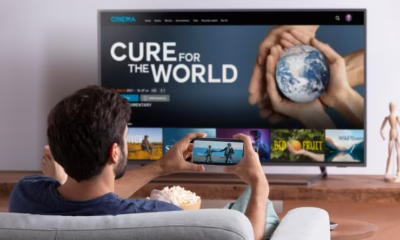
 Entertainment2 months ago
Entertainment2 months agoSflix: How It’s Changing the Way We Watch Movies and TV Shows
-

 80s3 months ago
80s3 months agoFavorite 100 Songs of the 80s: (#1) Michael Jackson – Billie Jean
-

 Bills2 months ago
Bills2 months agoWhy Does My Instagram Reel Stop Getting Views After One Hour? How to Fix It?
-

 Blog2 months ago
Blog2 months agoSimpcitu: The New Age Trend Shaping Online Interactions
-

 Blog3 months ago
Blog3 months agoTributePrintedPics: Crafting Lasting Photo Tributes
-

 80s3 months ago
80s3 months agoFavorite 100 Songs of the 80s: (#70) REO Speedwagon – Keep On Loving You
